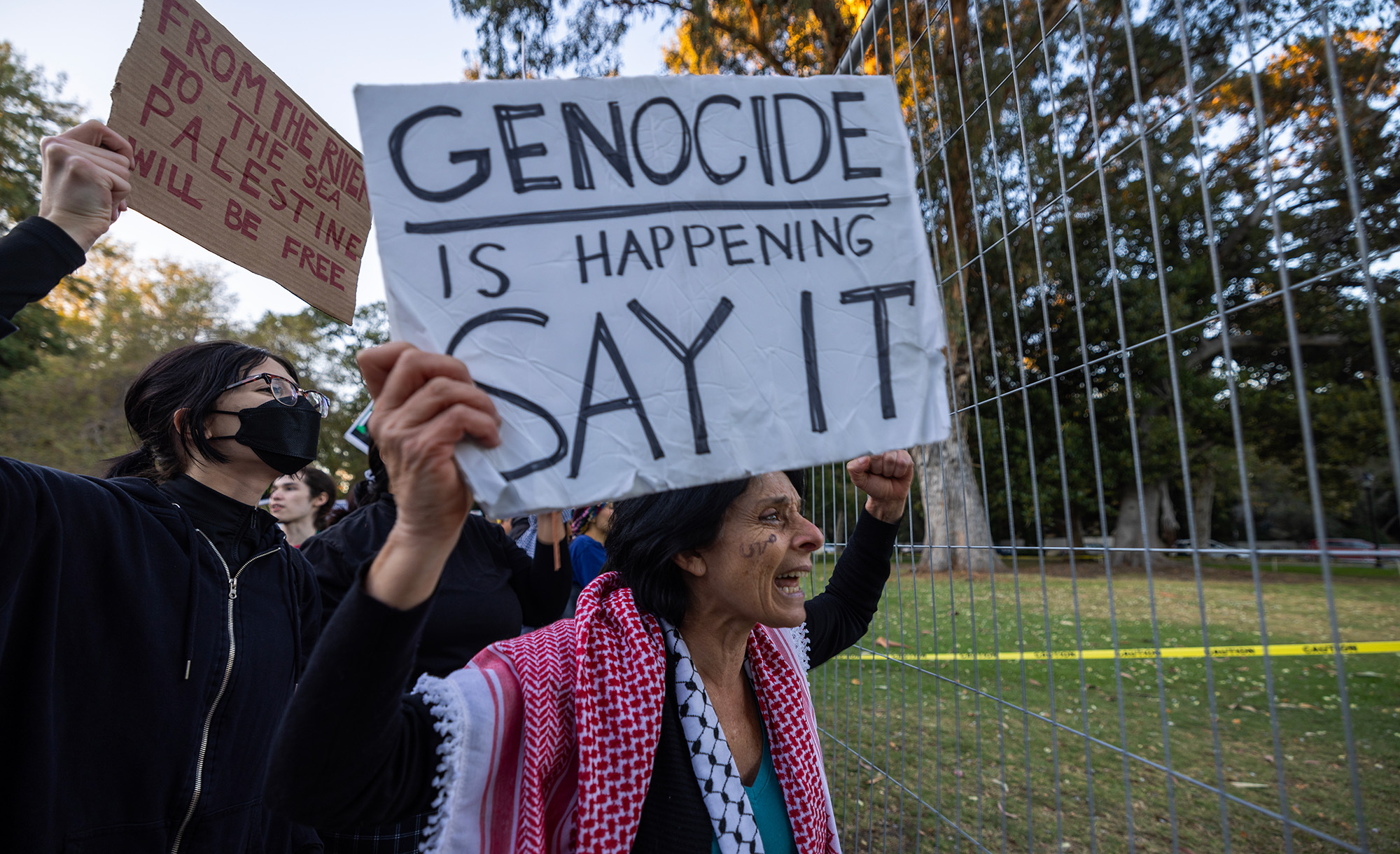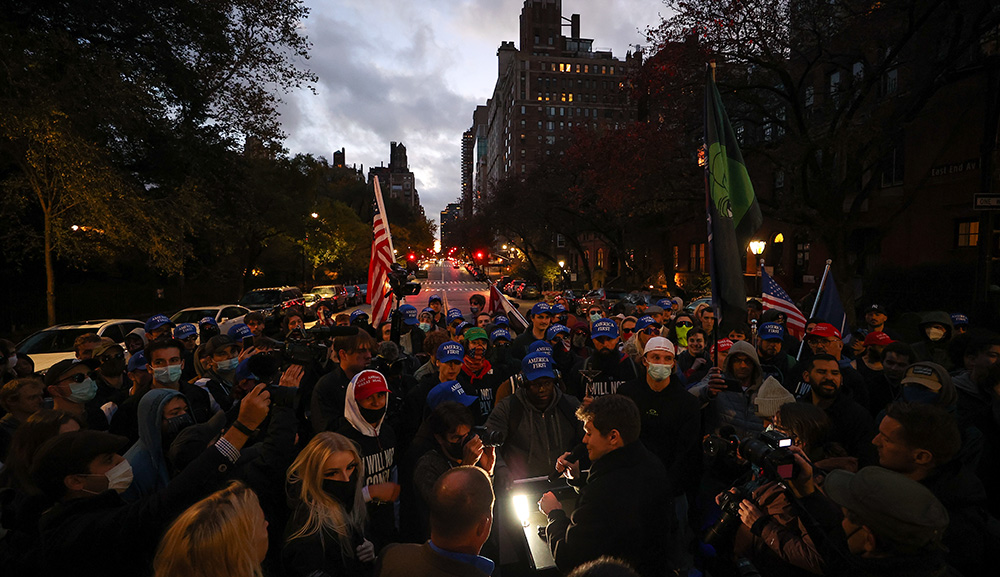On May 18, 1850, the Anshi Chesed synagogue on Manhattan’s Lower East Side moved into a grand, newly completed building that was then the largest Jewish house of worship in New York City. The new structure included a prominent stained-glass window depicting the Ten Commandments—and that, as Jenna Weissman Joselit writes, led to unexpected controversy:
As stunning as the building’s exterior turrets and as modern as its chandelier, [the window] floated right above the ark that contained the Torah scrolls, commanding the attention of those seated in the pews below. The window’s unusual shape also drew the eye. Instead of embedding the ten prescriptions within the rigid and customary geometry of two tablets, [the designer] had them marching freely within the circumference of a circle. These Ten Commandments were in the round. More like the spokes of a wheel than the flat inscriptions on a stele, each “Thou shalt” and “Thou shalt not” was housed within its own unit of glass. To heighten the effect, a series of ten petal-shaped panels occupied the center of the composition. . . .
Thrilled at first by the positive publicity [the window received], the members of Anshi Chesed soon changed their tune and, in the time-honored tradition of congregants everywhere, began to grumble and murmur darkly about their distinctively configured Ten Commandments window. The minutes of the synagogue, which dutifully record this and other instances of congregational dissension, contain scarcely a clue about the identity of the naysayers. . . . As momentum for [the window’s] displacement accelerated, Anshi Chesed’s lay leaders decided to quell further dissent within their ranks by forming a committee. The committee approach to problem-solving had recently become a regular feature of the congregation, . . . a testament to its newfound democratic ethos. . . . And now, dutifully drawing on the Hebrew words for the Ten Commandments, Anshi Chesed decided to constitute its very own “Committee on Aseres hadebros,” whose members set out to repair the situation.
More about: American Jewish History, Lower East Side, Religion & Holidays, Synagogues, Ten Commandments


